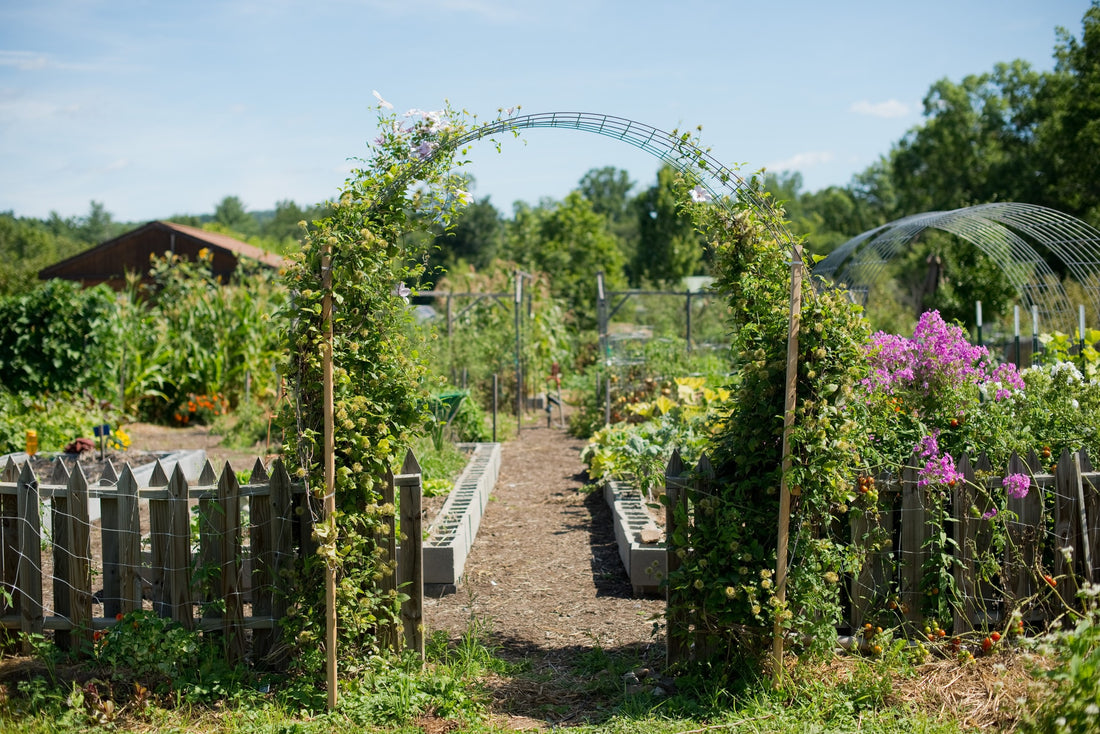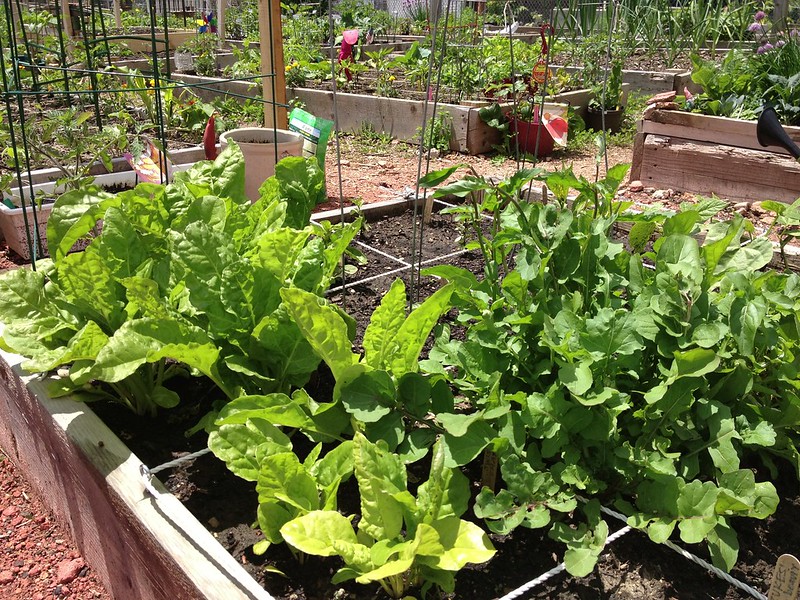How to Plan Your Homestead Gardening Effort
How to Plan Your Homestead Gardening Effort
Blog Article
Learn Just How to Grow a Prospering Gardening Environment for All Ability Degrees
Producing a growing garden is a complex endeavor that can be accepted by people at any type of ability degree. By analyzing vital elements such as dirt health, proper plant option, and seasonal care regimens, one can create a sustainable horticulture technique that yields gratifying outcomes.
Understanding Your Garden Area
In the world of gardening, comprehending your yard area is paramount to cultivating a prospering landscape (Homestead Gardening). The very first step in this venture entails examining the specific qualities of your story. Variables such as dirt composition, sunlight exposure, and drain play essential roles in identifying the suitability of your garden for various kinds of plants
Begin by performing a dirt examination to analyze pH levels and nutrient content, which will certainly inform any required changes. Furthermore, observe just how much sunshine your area obtains throughout the day. Various plants have differing light needs; some grow in complete sunlight, while others favor complete or partial color.

Last but not least, review the available room and plan accordingly. This consists of taking into consideration plant elevations and infected make sure appropriate space for development without overcrowding. By acquiring an extensive understanding of your garden room, you established the structure for a successful horticulture experience.
Picking the Right Plant Kingdoms
Selecting the right plants for your garden calls for cautious consideration of different elements, consisting of environment, soil conditions, and individual preferences. Start by assessing your neighborhood environment, as particular plants thrive specifically temperature level varieties and weather patterns. Tropical plants might not survive in cooler regions, while hardy perennials can hold up against severe winters.

Consider your individual preferences, consisting of aesthetic allure and maintenance levels. Determine whether you choose vibrant flowers, lavish foliage, or edible plants. Furthermore, aspect in the moment and effort you are ready to buy plant care, as some selections require more interest than others.
Lastly, consider the garden's design and light direct exposure. Sunshine patterns throughout the day will affect your selections-- some plants require complete sunlight, while others thrive in shade. By attentively assessing these aspects, you can develop a harmonious and effective yard tailored to your environment and tastes.
Necessary Horticulture Tools
A well-equipped garden enthusiast can significantly enhance their gardening experience and outcomes. Necessary horticulture devices are basic to growing an effective yard, no matter ability degree. Initially, a durable spade is indispensable for excavating and transforming soil, while a trowel permits exact growing and transplanting of Your Domain Name smaller sized plants.
Pruning shears are vital for maintaining plant wellness by getting rid of dead or disordered branches, promoting better air blood circulation and development. In addition, a hand rake is beneficial for removing debris and freshening the dirt, ensuring optimal problems for plant roots.
Gardening gloves shield hands from sores, thorns, and chemicals, making them a crucial device. A watering can or hose pipe with an adjustable nozzle makes certain that plants get adequate dampness without overwatering.
Finally, consider buying a strong wheelbarrow for transferring dirt, plants, and tools around the yard effectively. By constructing a high quality toolkit that includes these crucial products, garden enthusiasts can deal with numerous tasks with confidence and simplicity, leading the way for a flourishing horticulture atmosphere. Bear in mind, the right devices not just improve performance but additionally enhance the general enjoyment of the gardening procedure.
Soil Preparation and Upkeep
Quality soil is the structure of a successful garden, making correct preparation and maintenance vital for healthy and balanced plant development. The initial step in dirt preparation entails testing its pH and nutrient degrees. This can be attained through soil screening packages offered at horticulture centers or with specialist solutions. Based on the test results, changes can be made to maximize soil conditions for certain plant requirements.
Integrating raw material, such as garden compost or well-rotted manure, is essential for improving soil structure and fertility. This not only improves vitamins and mineral schedule yet also promotes advantageous microbial activity. In addition, appropriate water drainage is essential; hefty clay dirts might need the enhancement of sand or perlite to enhance aeration.
Routine maintenance of soil health and wellness includes mulching, which conserves moisture and suppresses weeds. Turning plants every year assists avoid nutrient depletion and reduces parasite and condition dangers. It is likewise essential to avoid over-tilling, which can disrupt dirt framework and harm advantageous microorganisms.
Inevitably, a regular commitment to soil prep work and maintenance will bring about a growing garden, making sure that plants obtain the crucial nutrients they require for robust growth and productivity.
Seasonal Treatment and Administration

In springtime, focus on growing new seeds and plants, while additionally performing soil examinations to amend nutrient shortages. Consistently look for diseases and bugs, as these can you can try this out multiply with the warming weather condition. Summer demands regular watering and mulching to keep dampness, along with trimming for far better air flow.
As fall methods, it's time to prepare the yard for inactivity. This includes gathering plants, cleansing up debris, and using a layer of compost to safeguard plant origins from frost. Consider planting cover plants to improve the dirt during the winter season.
Lastly, winter season treatment is crucial. Check frameworks like greenhouses for damages and ensure appropriate insulation for delicate plants. Regularly keep track of for parasites that might seek refuge inside your home. By adjusting your horticulture methods to the seasonal cycles, you can cultivate a flourishing atmosphere that supports plant wellness year-round.
Verdict
Finally, cultivating a successful garden requires a comprehensive understanding of vital principles such as soil structure, sunlight direct check my blog exposure, and appropriate plant selection. Implementing effective dirt prep work and upkeep strategies, in addition to making use of the right tools, fosters an ideal expanding atmosphere. Regular seasonal care and monitoring techniques further boost plant wellness and performance. By sticking to these foundational guidelines, people in all ability degrees can achieve a growing garden that adds to both aesthetic satisfaction and ecological sustainability.
Choosing the right plants for your yard needs careful factor to consider of different factors, consisting of climate, dirt conditions, and individual preferences. Conduct a dirt test to determine pH degrees and nutrient web content, which will lead you in choosing plants that will grow in your garden.Finally, consider spending in a strong wheelbarrow for delivering soil, plants, and tools around the yard efficiently.Quality dirt is the foundation of a successful yard, making appropriate prep work and maintenance critical for healthy plant development. Homestead Gardening.In conclusion, cultivating an effective yard needs an extensive understanding of important principles such as soil make-up, sunlight exposure, and ideal plant selection
Report this page